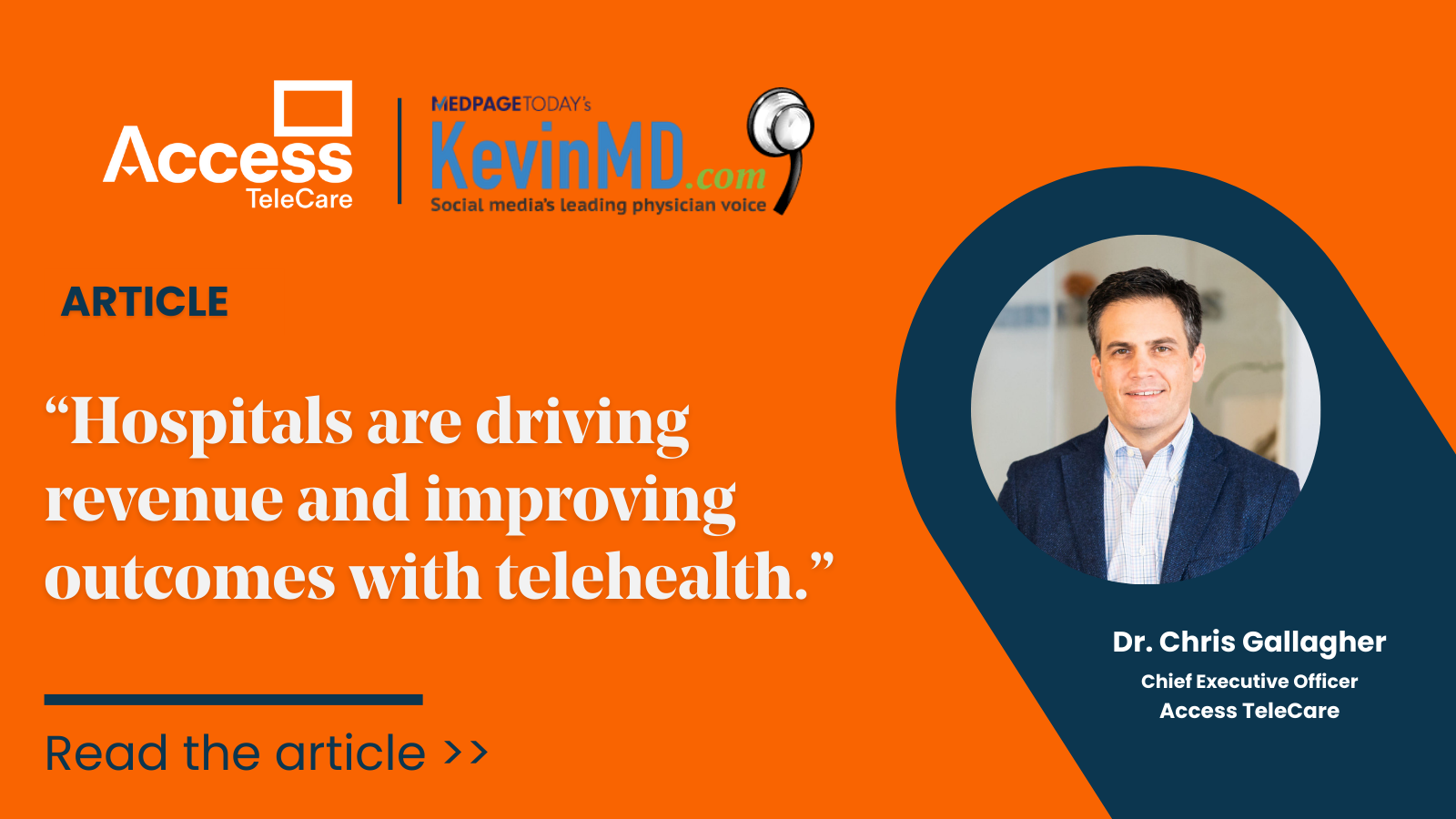A 2019 National Academy of Medicine report has found that as many as half of the country’s doctors and nurses experience symptoms of burnout.
Burnout is defined as stress that can lead to workplace exhaustion, cynicism, and diminished enthusiasm for work—all of which lead to an increased detachment from patients and their conditions. Impacting nearly every aspect of clinical care, burnout leads to consequences for doctors, patients, and health systems.
Hospitals are increasingly pivoting from what some call a “billing-centric system” to more patient-centric systems, but it’s clear that more work is needed to address this growing crisis. This leads us to the question: How do we fix the people who fix us? One solution is addressing clinical burnout with telemedicine.
Addressing Clinician Burnout With Telemedicine
The average physician now reports that they spend nearly “half of their workday” and up to “an additional 28 hours per month on nights and weekends,” merely completing EHR-related tasks. This administrative hassle, in conjunction with other bureaucratic tasks, causes many physicians to spend too many hours at work, resulting in lower productivity and patient satisfaction metrics.
Furthermore, burnout can be expensive. The 2019 NAM study estimates that burnout costs the entire medical system about $4.6 billion dollars per year, with much of the loss stemming from doctors and nurses cutting back on their hours, quitting their positions or leaving practices and hospitals altogether. Organizations need to develop programs and implement solutions to reduce the monotony, redundancy and waste of excess paperwork and administrative hurdles. In doing so, clinicians may be able to claim back a few extra hours in their week, mitigating the existing burnout burden that pervades the health care system.
The Role of Telemedicine in Improving Work-Life Balance
In recognizing this issue, many health systems have begun to implement telemedicine solutions to improve the work environment and facilitate better care. By coupling telemedicine with existing programs, health systems can address issues related to work capacity and coverage management, leading to increased physician work-life satisfaction and improved quality with patient care.
For example, a teleICU program can provide intensivists during nights and weekends, reducing the burden on in-house physicians, who can get a full night’s rest. Or a busy emergency department’s clinicians can use telePsychiatrists to treat mental health or substance abuse patients instead of waiting hours or days for a psychiatrist to come onsite while the patient gets worse and resources are strained.
How Telemedicine Benefits Hospitals and Health Systems
Hospitals and health systems stand to gain from the implementation of telemedicine as well. The addition of a robust telemedicine solution serves to ensure programmatic success by balancing physician workloads, providing around-the-clock-care and addressing coverage gaps. Furthermore, telemedicine increases efficiency in care delivery, reduces expenses related to patient care or patient transport to other locations, and can even keep some patients out of the hospital.
All in all, addressing clinician burnout with telemedicine can alleviate some causes of clinician burnout while providing improved patient care at a lower cost.
To learn more about how telemedicine can improve physician work-life balance and the patient experience see Telemedicine: Reassuring Patients, Families and Doctors Alike.









